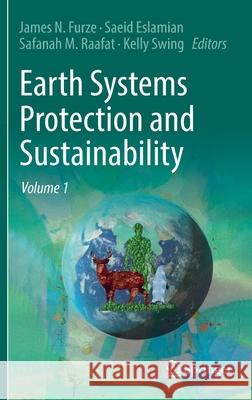Earth Systems Protection and Sustainability: Volume 1 » książka
topmenu
Earth Systems Protection and Sustainability: Volume 1
ISBN-13: 9783030858285 / Angielski / Twarda / 2022 / 400 str.
Earth Systems Protection and Sustainability: Volume 1
ISBN-13: 9783030858285 / Angielski / Twarda / 2022 / 400 str.
cena 578,30 zł
(netto: 550,76 VAT: 5%)
Najniższa cena z 30 dni: 574,29 zł
(netto: 550,76 VAT: 5%)
Najniższa cena z 30 dni: 574,29 zł
Termin realizacji zamówienia:
ok. 20 dni roboczych.
ok. 20 dni roboczych.
Darmowa dostawa!
Kategorie:
Kategorie BISAC:
Wydawca:
Springer
Język:
Angielski
ISBN-13:
9783030858285
Rok wydania:
2022
Wydanie:
2022
Ilość stron:
400
Waga:
0.68 kg
Wymiary:
23.39 x 15.6 x 2.06
Oprawa:
Twarda
Wolumenów:
01
Dodatkowe informacje:
Wydanie ilustrowane











